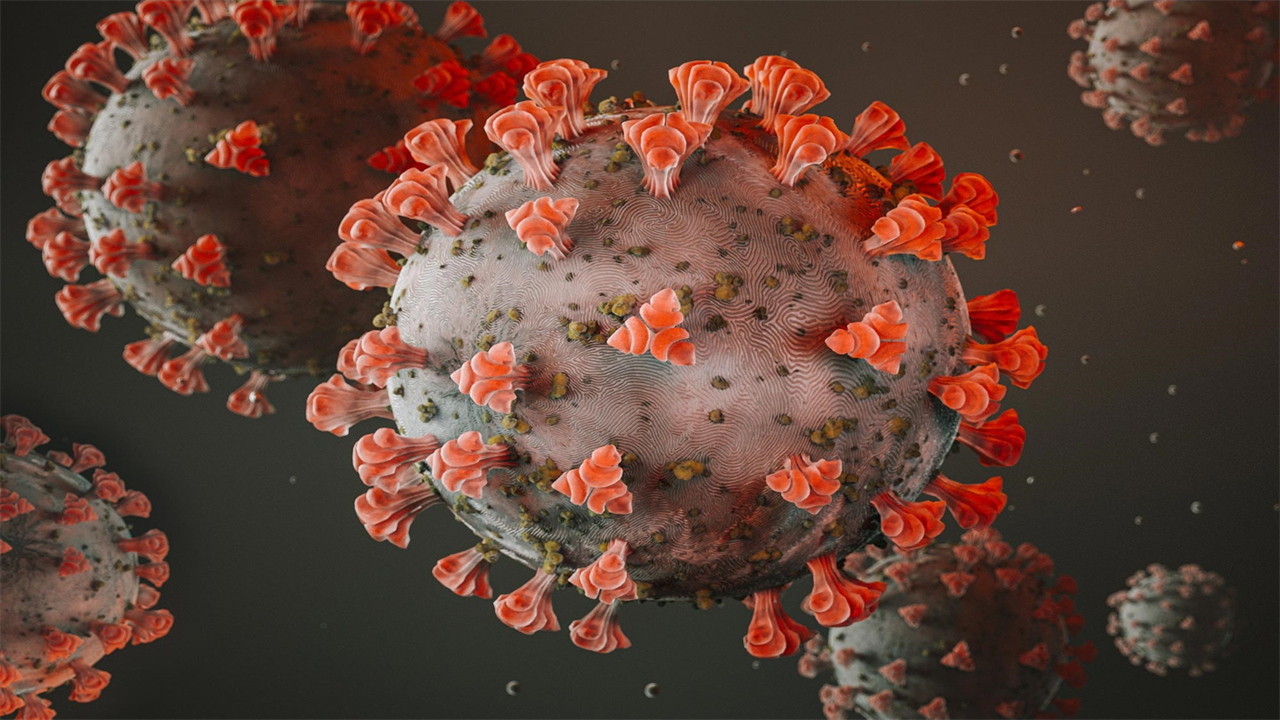Driving the Disease to Extinction With a Defective Version of the SARS-CoV-2 Virus
0 View
Share this Video
- Publish Date:
- 20 August, 2021
- Category:
- Covid
- Video License
- Standard License
- Imported From:
- Youtube
Tags

Researchers design new COVID-19 therapy that uses a defective version of the SARS-CoV-2 virus to drive the disease-causing version to extinction.
What if the COVID-19 virus could be used against itself? Penn State researchers have designed a proof-of-concept therapeutic that can do just that. The team designed a synthetic defective SARS-CoV-2 virus that is harmless but disrupts the growth of the real virus, potentially causing both the pathogenic virus and the synthetic virus to become extinct.
“In our experiments, we show that the wild-type [disease-causing] The SARS-CoV-2 virus enables the replication and spread of our synthetic virus, effectively promoting its own decline,” said Marco Archetti, associate professor of biology, Penn State. “A version of this synthetic construct could be used as a self-promoting antiviral therapy for COVID-19.”
Archetti explained that when a virus attacks a cell, it attaches to the cell surface and injects the genetic material into the cell. The cell is then tricked into replicating the virus’ genetic material and packaging it into virions, which burst out of the cell and begin to infect other cells.
Common in nature, “defective interfering” (DI) viruses contain large deletions in their genomes that often impair their ability to replicate their genetic material and package it into virions. However, DI genomes can perform these functions if the cell they infected also contains genetic material from a wild-type virus. In this case, a DI genome can hijack the replication and packaging machinery of a wild-type genome.
“These defective genomes are like parasites of the wild-type virus,” said Archetti, explaining that when a DI genome uses the machinery of a wild-type genome, it can also impair the growth of the wild-type genome.
In addition, he said, “given the shorter length of their genomes due to the deletions, DI genomes can replicate faster than wild-type genomes in co-infected cells and quickly outnumber the wild-type.”
Indeed, in their new study, published in the journal PeerJ, Archetti and colleagues found that their synthetic DI genome can replicate three times faster than the wild-type genome, resulting in a reduction in wild-type viral load by half at 24 hours. .
To conduct their study, the researchers developed short synthetic DI genomes from portions of the wild-type SARS-CoV-2 genome and introduced them into African green monkey cells already infected with the wild-type SARS-CoV-2 virus. They then quantified the relative amounts of the DI and WT genomes in the cells over time points, indicating the amount of interference of the DI genome with the wild-type genome.
The team found that within 24 hours of infection, the DI genome reduced the amount of SARS-CoV-2 by about half compared to the amount of wild-type virus in control experiments. They also found that the DI genome increases in quantity 3.3 times faster than the wild-type virus.
Archetti said that while the 50% reduction in virus load they observed over 24 hours is not enough for therapeutic purposes, presumably as the DI genomes increase in frequency in the cell, the decrease in the amount of wild-type virus would lead to the demise of both the virus and the DI genome, as the DI genome cannot survive if it has driven the wild-type virus to extinction.
He added that further experiments are needed to verify the potential of SARS-CoV-2 DIs as an antiviral treatment, suggesting the experiments could be replicated in human lung cell lines and against some of the newer variants of SARS-CoV-2. . In addition, he said, an efficient delivery method must be devised. In further work that has not yet been published, the team has now used nanoparticles as a delivery vector and observed that the virus decreases by more than 95% in 12 hours.
“With some additional research and fine-tuning, a version of this synthetic DI could be used as a self-perpetuating therapy for COVID-19,” Archetti said.
Reference: “A Synthetic Defective Interfering SARS-CoV-2” By Shun Yao, Anoop Narayanan, Sydney A. Majowicz, Joyce Jose Marco Archetti, July 1, 2021, PeerJ.
DOI: 10.7717 / peerj.11686
Other Penn State authors on the paper include Shun Yao, postdoctoral scientist in biology; Anoop Narayanan, associate professor of biochemistry and molecular biology; Sydney Majowicz, graduate student in molecular, cellular and integrative life sciences; and Joyce Jose, assistant professor of biochemistry and molecular biology.
Penn State’s Huck Institutes of the Life Sciences supported this research.










